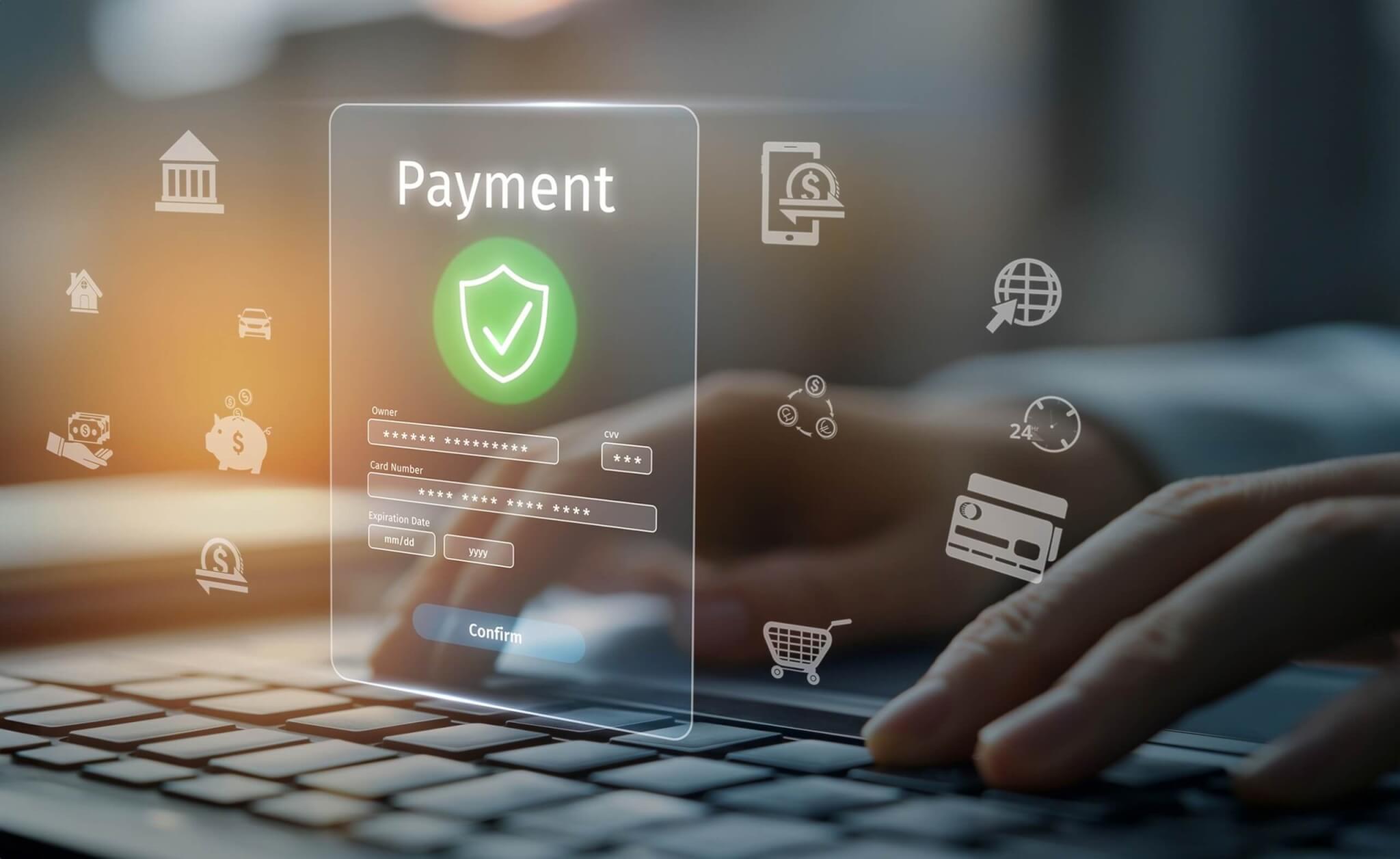Key Takeaways:
- Sometimes, spending can feel like saving in the short term, but buying for less is still spending; it’s not saving.
- The golden rule is simple: saving is setting aside money for future use or gain; spending is never saving.
- A balanced budget and a healthy perspective of budgeted priorities are the most important steps to maintaining financial wellness.
Spending Less Is Not Saving
You know the temptation of a really good deal, and you like it—it’s just the right thing that you’ve wanted forever, at a discount, today only, but there’s just one problem, it’s still just a little too expensive. Right thing, wrong time.
Sometimes, you buy it anyway, and you feel the excitement of saving money, right?
There’s just one problem with this scenario, however. Buying for less is still spending; it’s not saving. It’s a wordplay trick that can frustrate personal finance goals, just like the pitfall of an impulse purchase. The seller provides the customer both a rush of buying and a feeling of saving, but they also receive the cost and burden of spending their money, without the short- and long-term benefits of saving it.
The golden rule is simple: saving is setting aside money for future use or gain; spending is never saving.
In This Article
- Fake Saving: When Spending Feels Like Saving
- How to Avoid the Fake Savings Blues
Fake Saving: When Spending Feels Like Saving
Seasonal Savings Events
Companies frequently offer seasonal or temporary savings in order to create more purchases under the illusion they are offering items at a discount; while some discounts may be legitimate, the sale is always a veiled attempt to earn more sales and create more profit.
The Gift Card Mentality
It’s always easy to spend a little of your own money when you have a gift card. It can feel wasteful if you leave a few dollars or cents on a gift card, but always remember, if you spend anything at all other than what is on the gift card, you are spending and not saving.
The Return Illusion
The same concept is true for returns. Sometimes, if you return an item, it can be tempting to then buy something slightly more expensive because it feels like you may be spending only a few new dollars because you already spent the other amount anyway. But, if you spend anything new at all, you are spending and not saving..
Annual vs. Monthly Expenses
Sometimes companies can market an annual subscription at a lower cost per month than the regular monthly subscription; the formula works the same way—guaranteed money now is better than potential money in the future. You may subscribe for a few months and cancel your monthly subscription, spending less than the annual fee; but if you pay for a full year while thinking you earned yourself a discount, the company actually earned more of your money today, whether you keep the subscription or not.
Short-term Consumer Financing
Just as a discounted annual subscription can earn more sales, offering short-term financing options or short-term payment plans earn companies more sales as well. This is another way you can feel like you are saving money, while you are spending it. Rather than paying additional money in interest each month, simply save the no-interest amount each month, and then make the purchase once you have enough saved.
Diana Delaunay, TRB’s Senior Branch Sales Officer, shares with her audiences that “Shopping during sales can be a good idea if approached wisely, but only buy items you absolutely need or have been planning to purchase and set a predetermined budget to avoid impulse buying. Ensure the discount offers true value and isn’t just enticing you to spend more.
How to Avoid the Fake Savings Blues
Avoid FOMO
Advertisements create need through deprivation of commodities or experiences. A great advertisement makes you feel like you need something by drawing you into a story or scenario where you see its benefits and feel the pain of something you don’t have or feel compelled by a fear of missing out on an experience.
The Fix: Prioritize Your Budget
Remember the difference between a want and a need, by remaining objective about your budget priorities. Keeping a current and up-to-date status of your budget can help you avoid the pitfall of urgency created by a good deal.
Avoid Impulse Purchasing
Great advertisements also create what’s called purchase impulse by making something extremely convenient, by its convenient location in a store, or the convenience of a one-click purchase, or even the convenience of a payment plan, or a limited time or one-time-only price.
The Fix: Get Some Distance
Remember that distance and time between you and the deal can create more clarity and provide you a more objective perspective. If it’s truly a need and a smart purchase, then it will stand the test of time. All large purchases should be premeditated, planned, and budgeted.
Interested in opening a Checking Account?
Talk to One of Our Experts
Spending is Never Saving
Sometimes, spending can feel like saving in the short term, especially when you feel the rush of a great deal. You might think you were successful in a transaction because you found a great deal and bought at a great price; however, you must remember the seller was also successful, because they compelled you to purchase now, on impulse or out of convenience. Now you have your item, but now they have your savings.
A balanced budget and a healthy perspective of budgeted priorities are the most important steps to maintaining financial wellness. For help creating a budget, choose a budgeting tool that works for you or use TRB’s Monthly Budget Template.
For more personal finance tips, visit the Personal Finance Archives – Texas Regional Bank.






